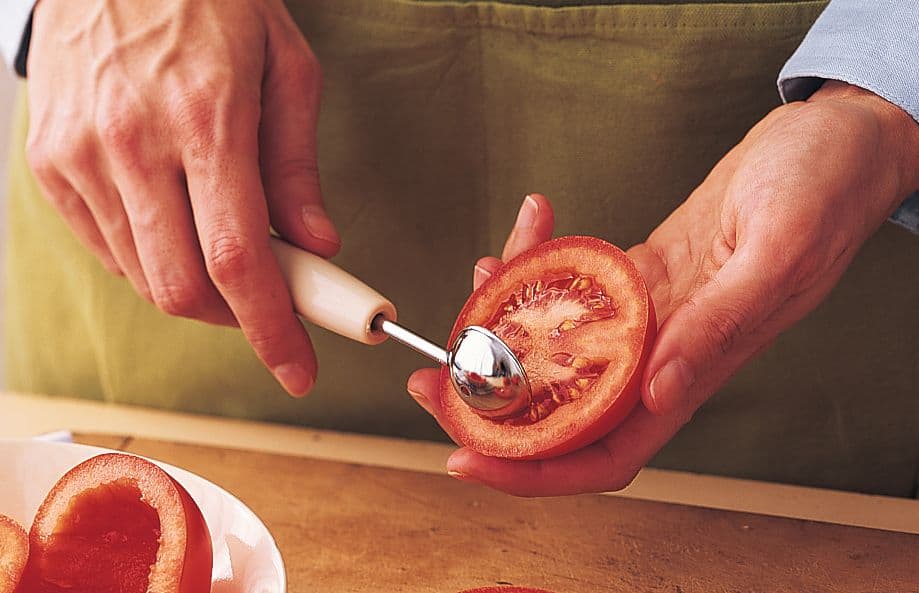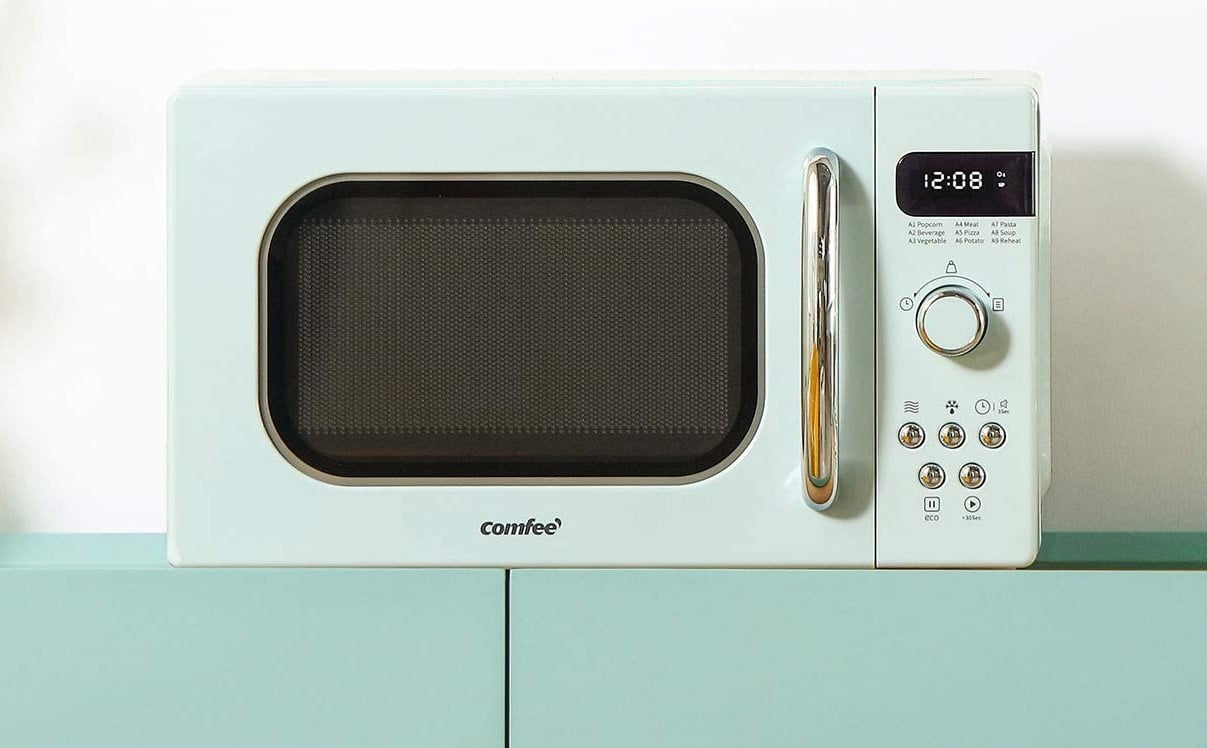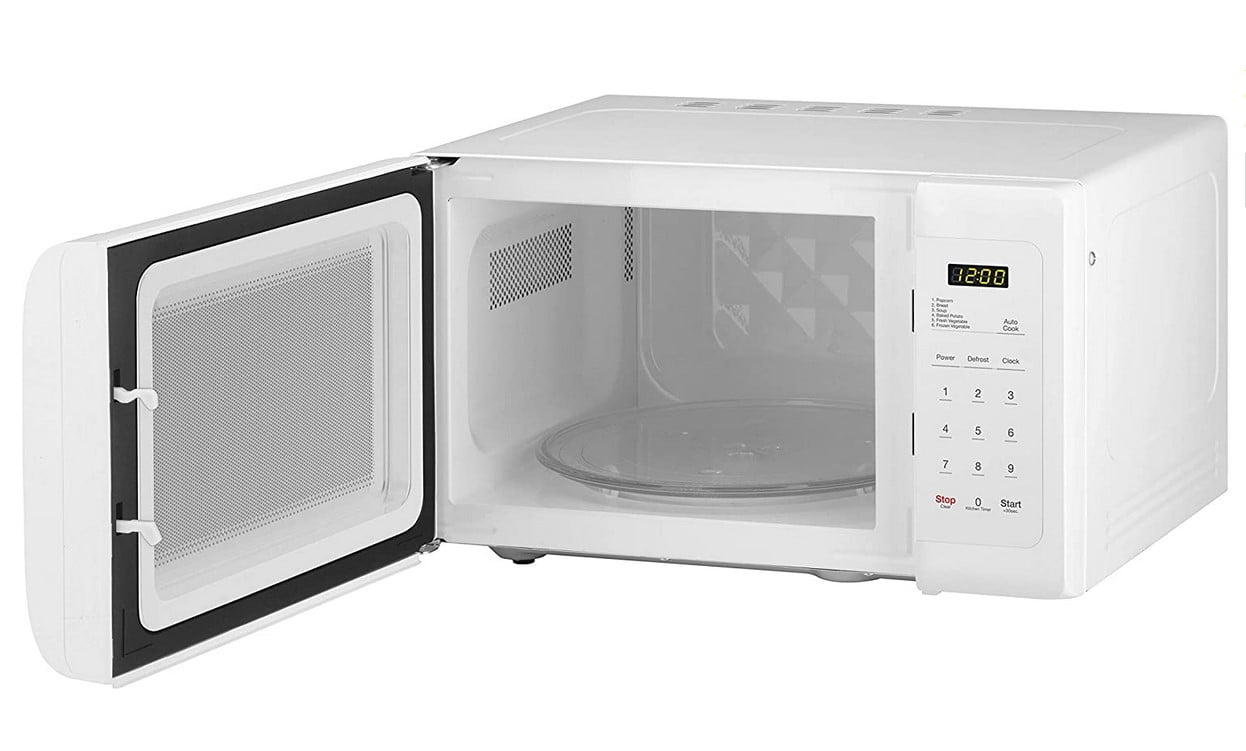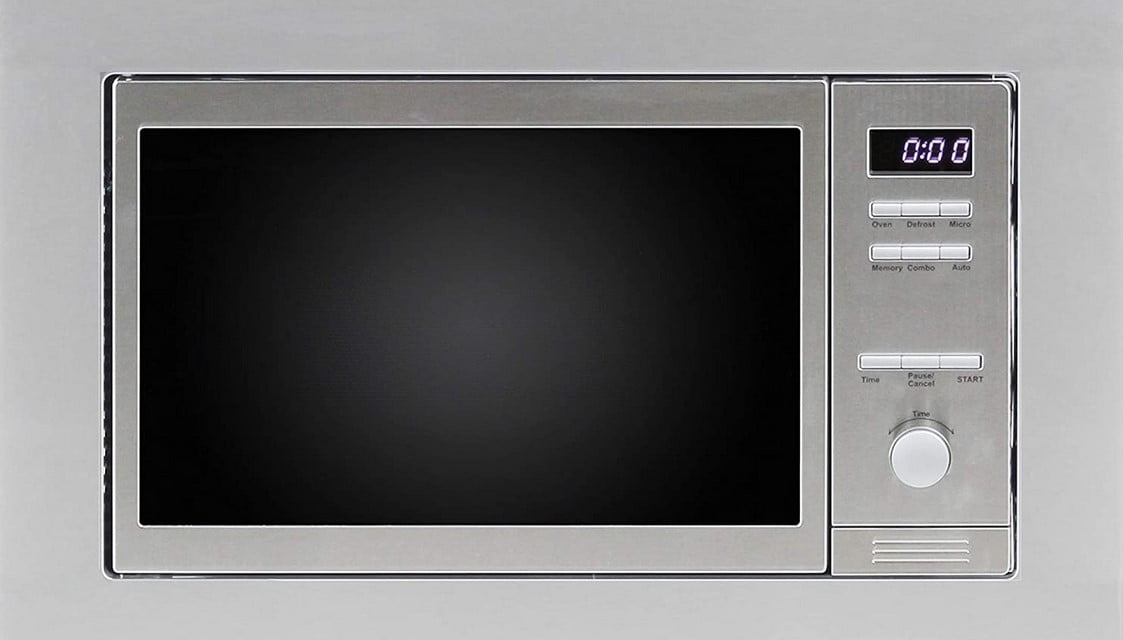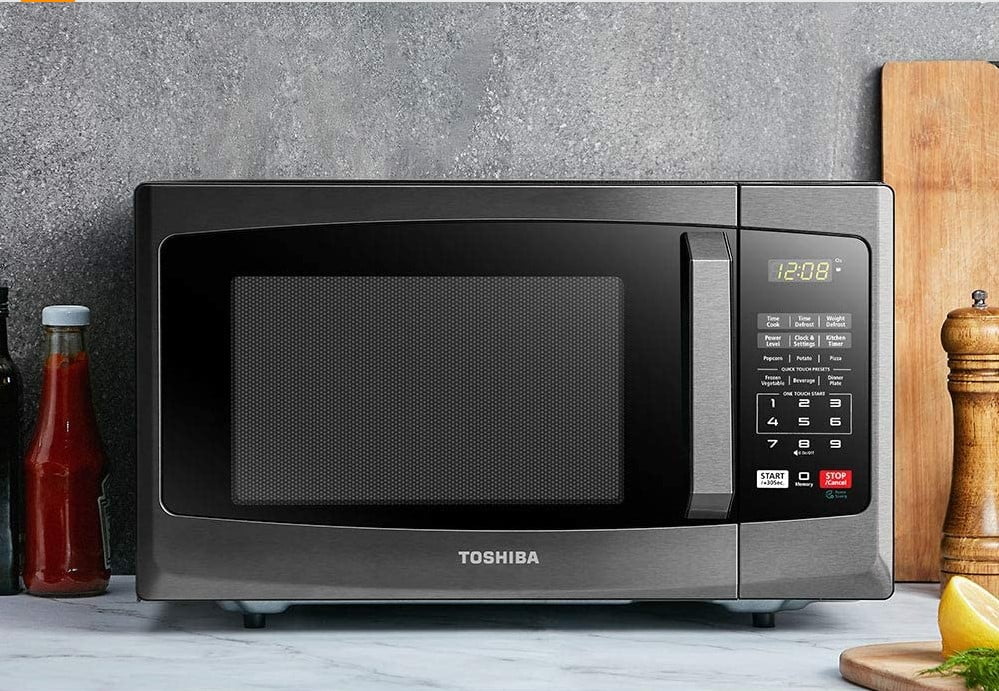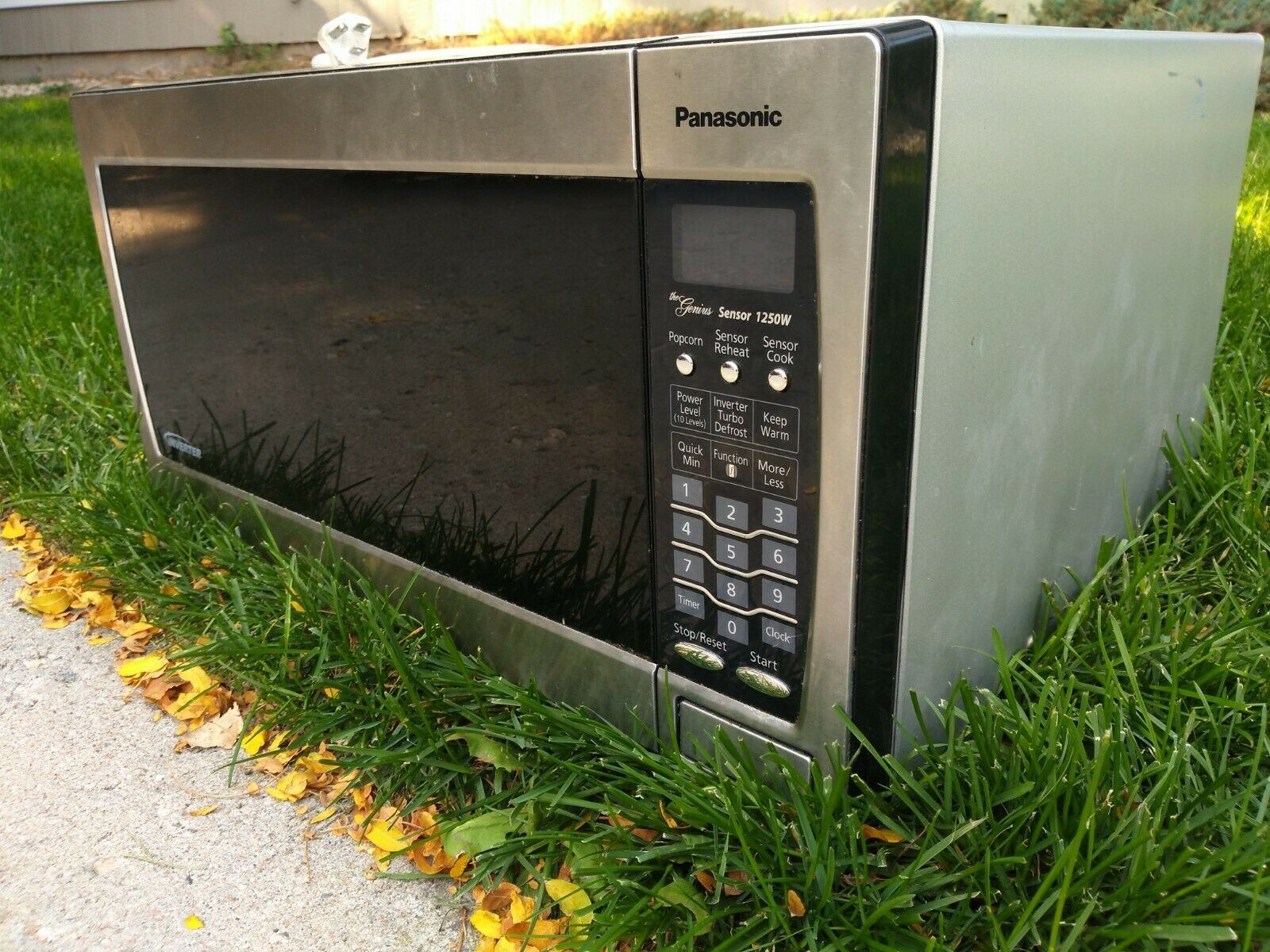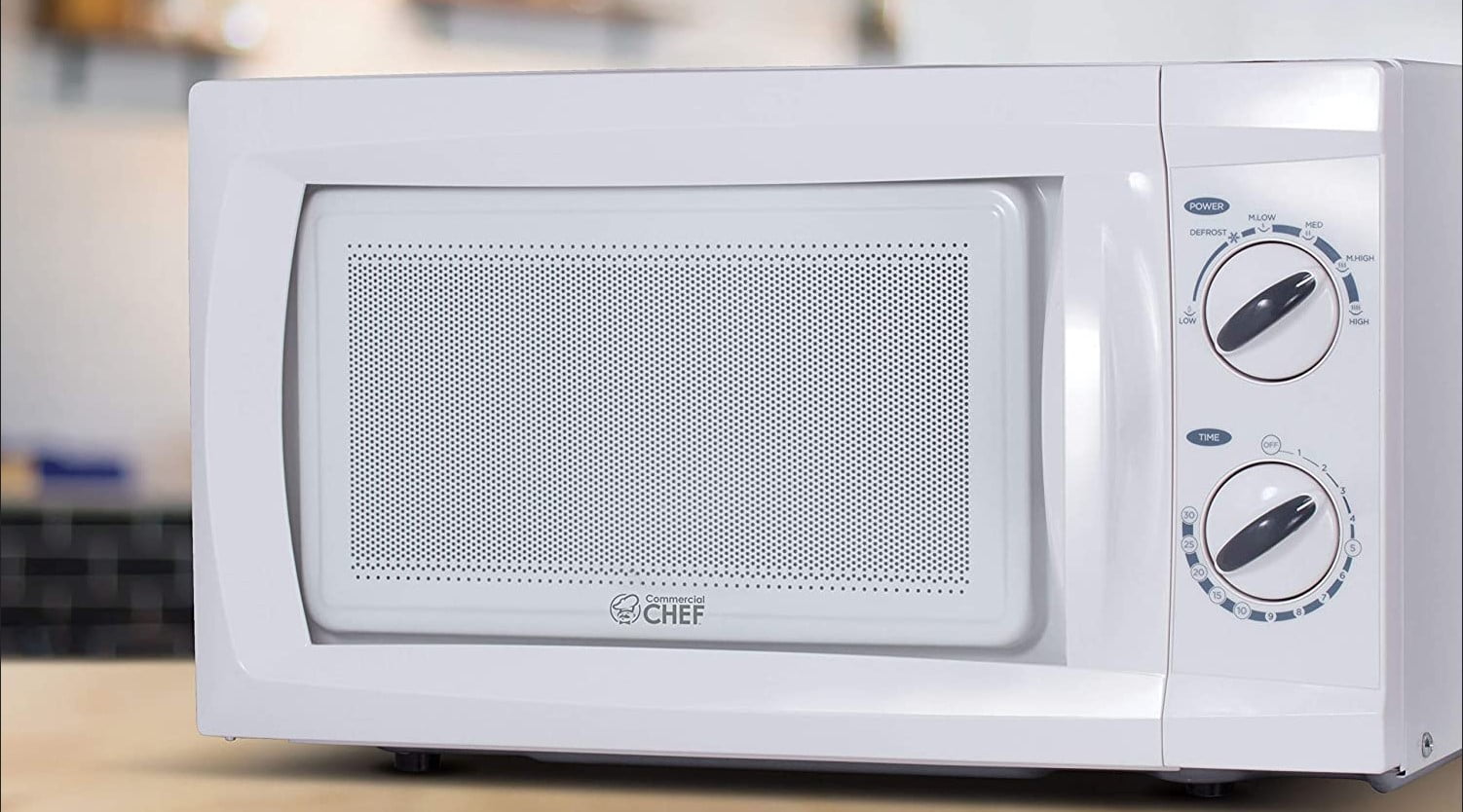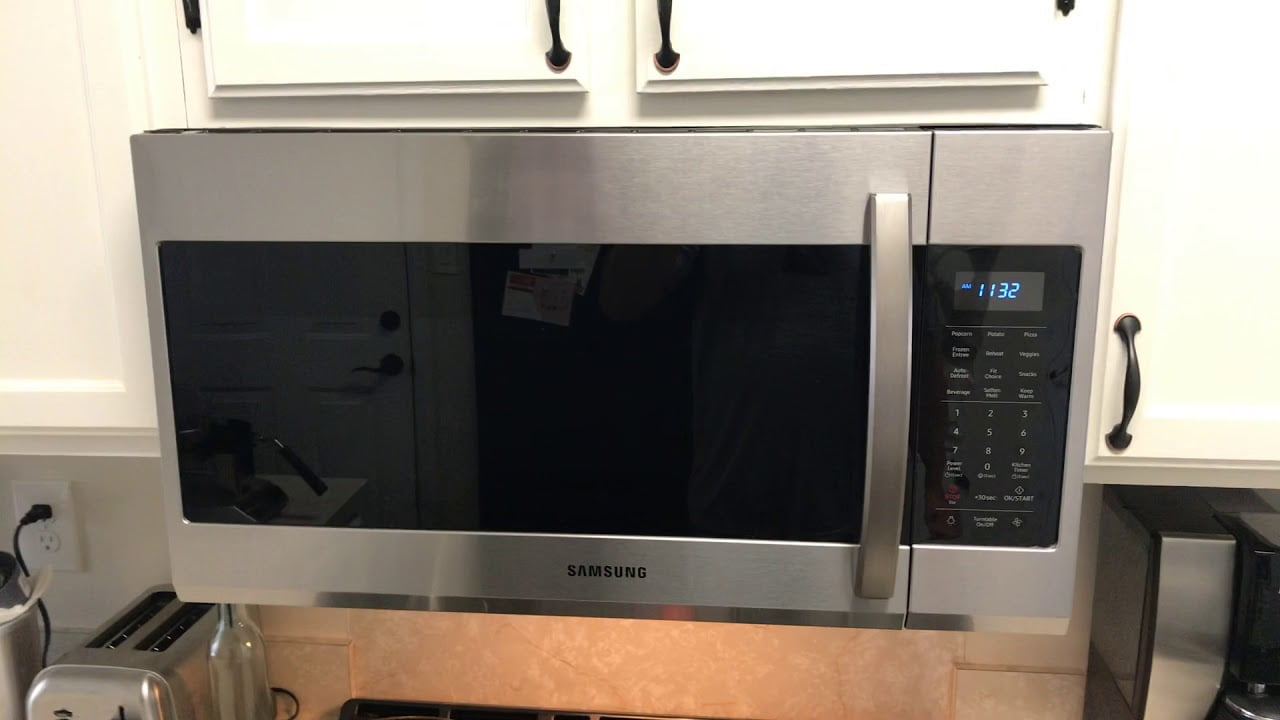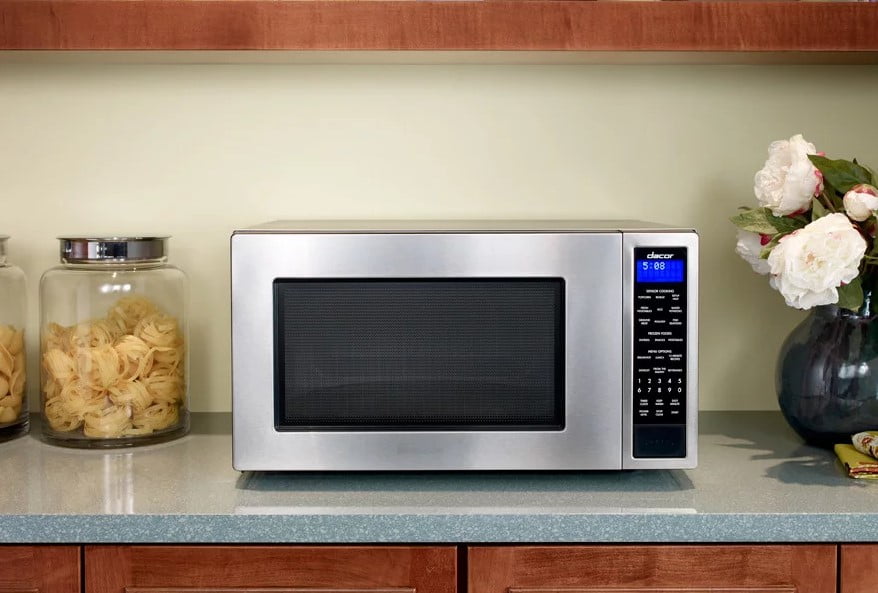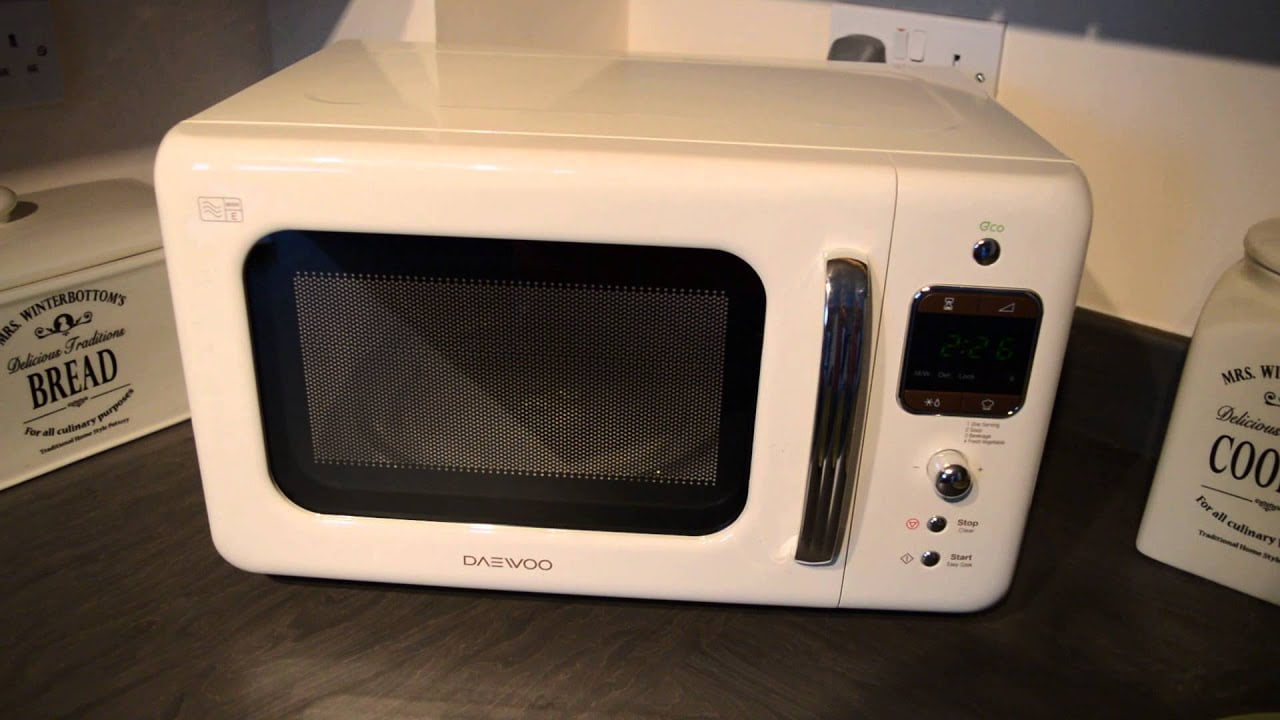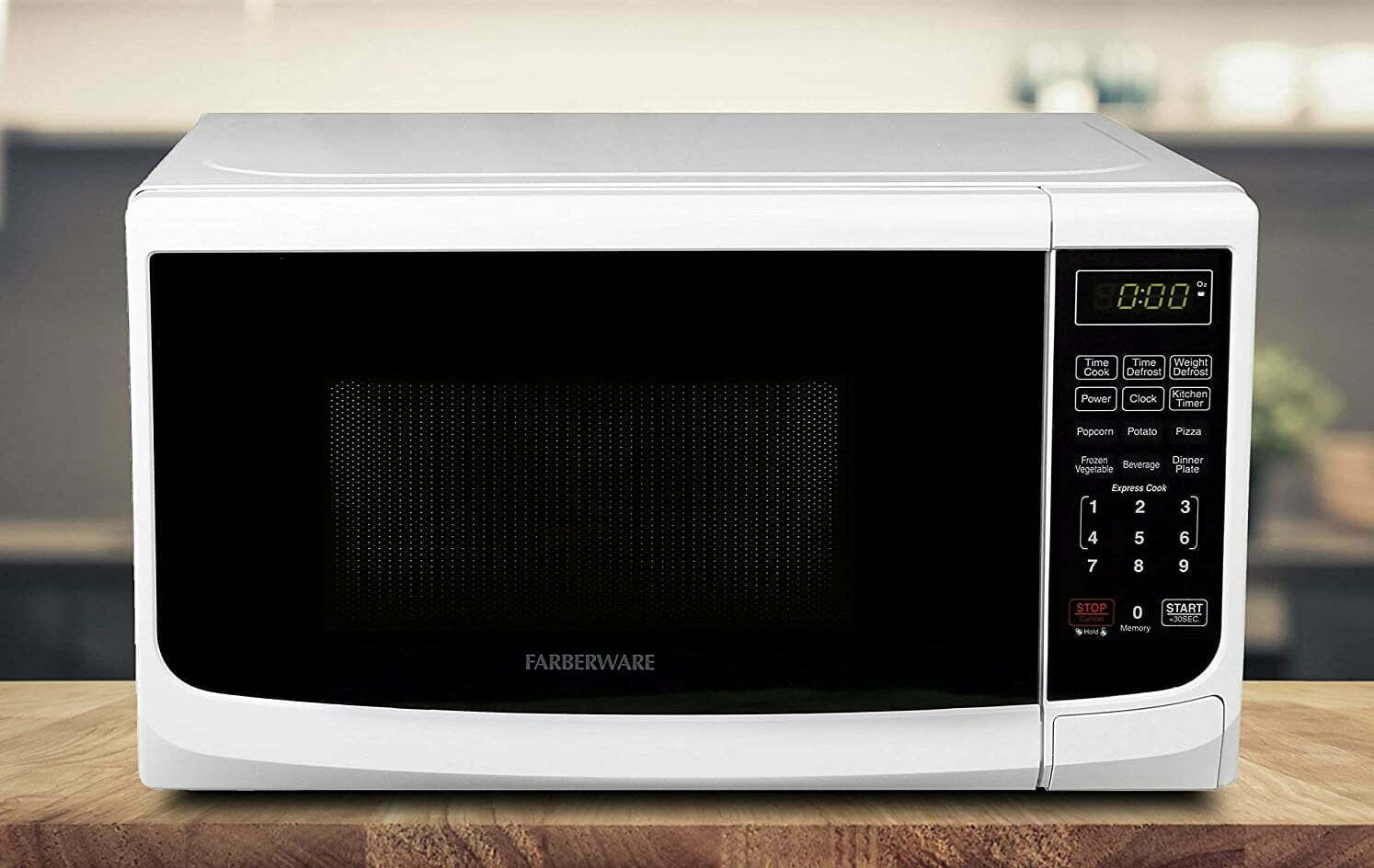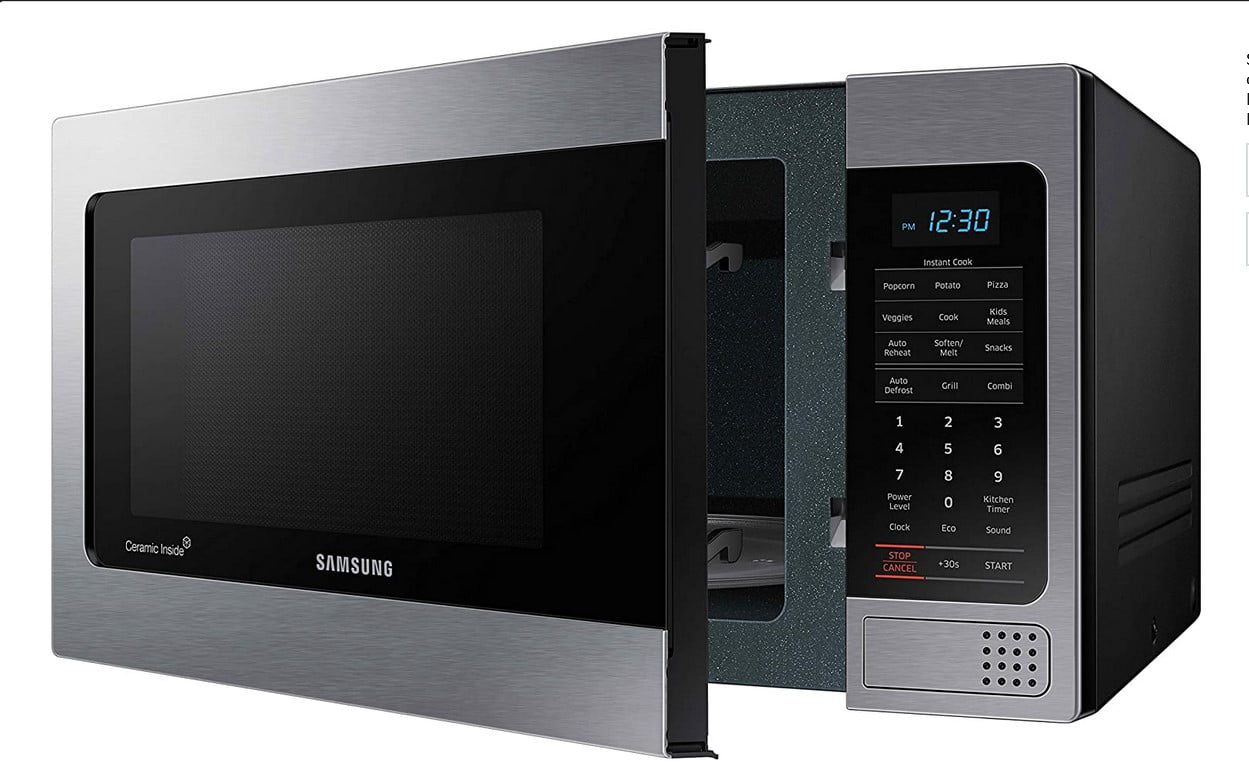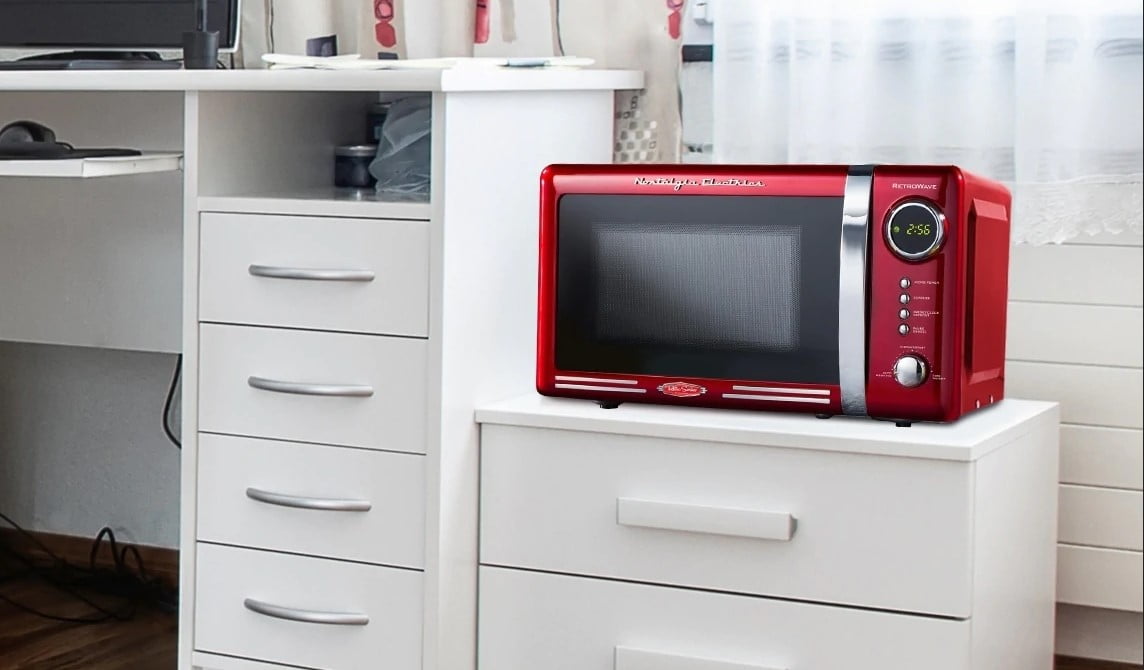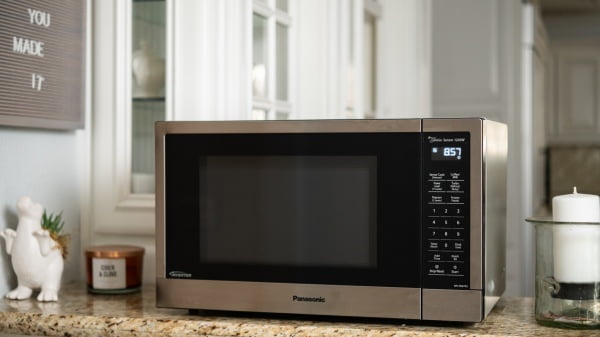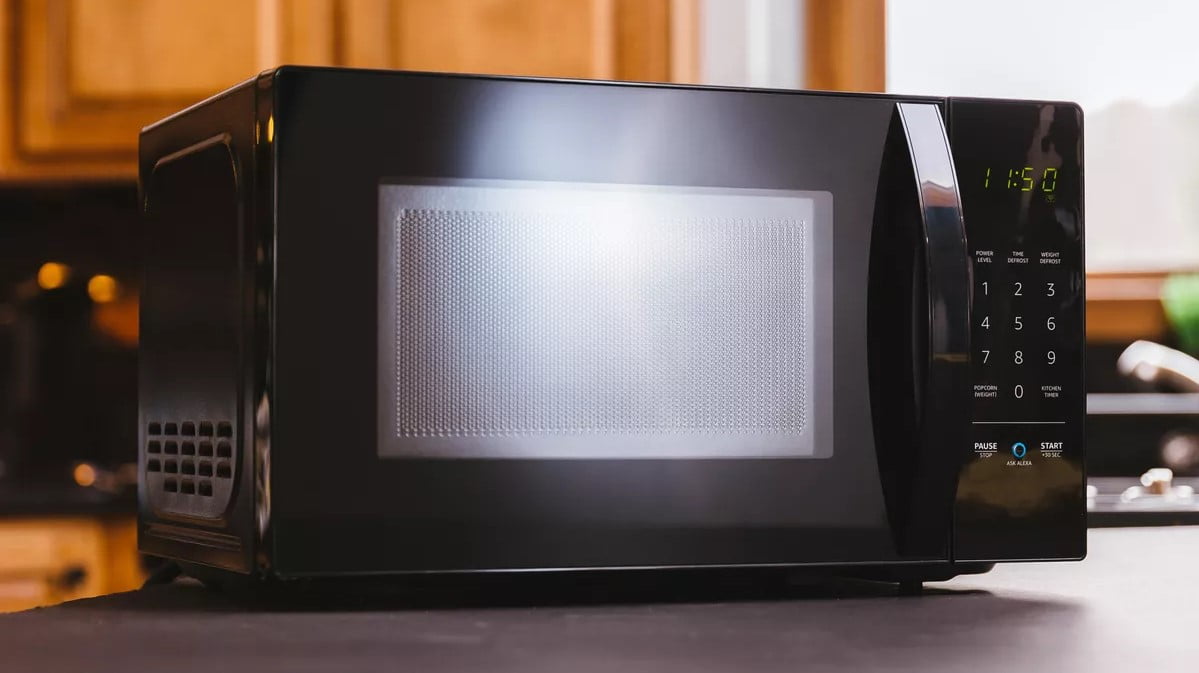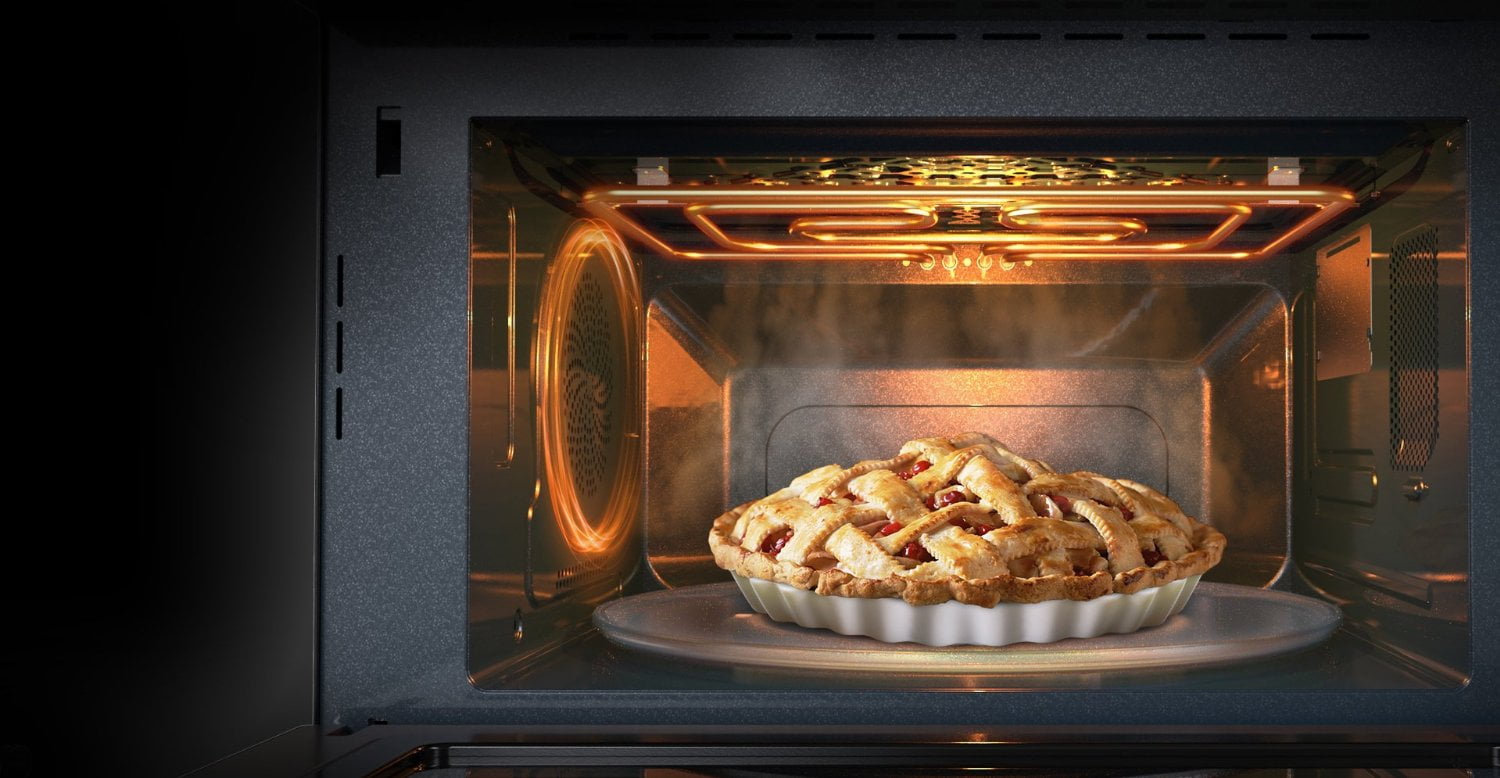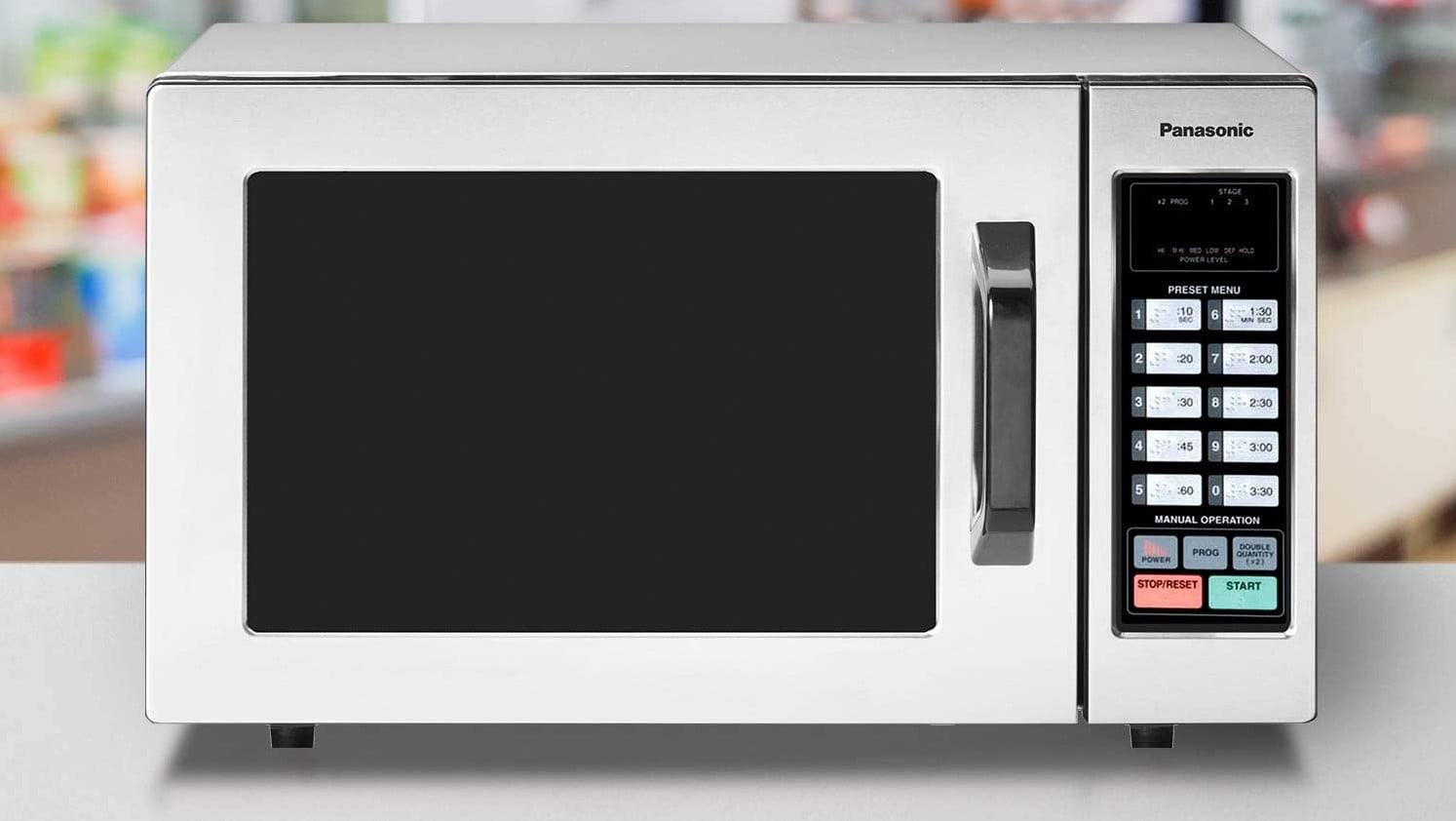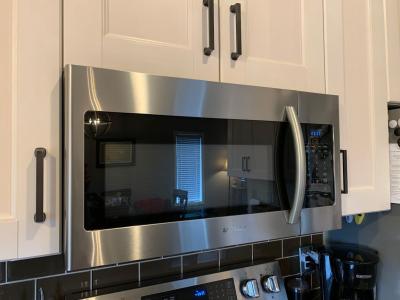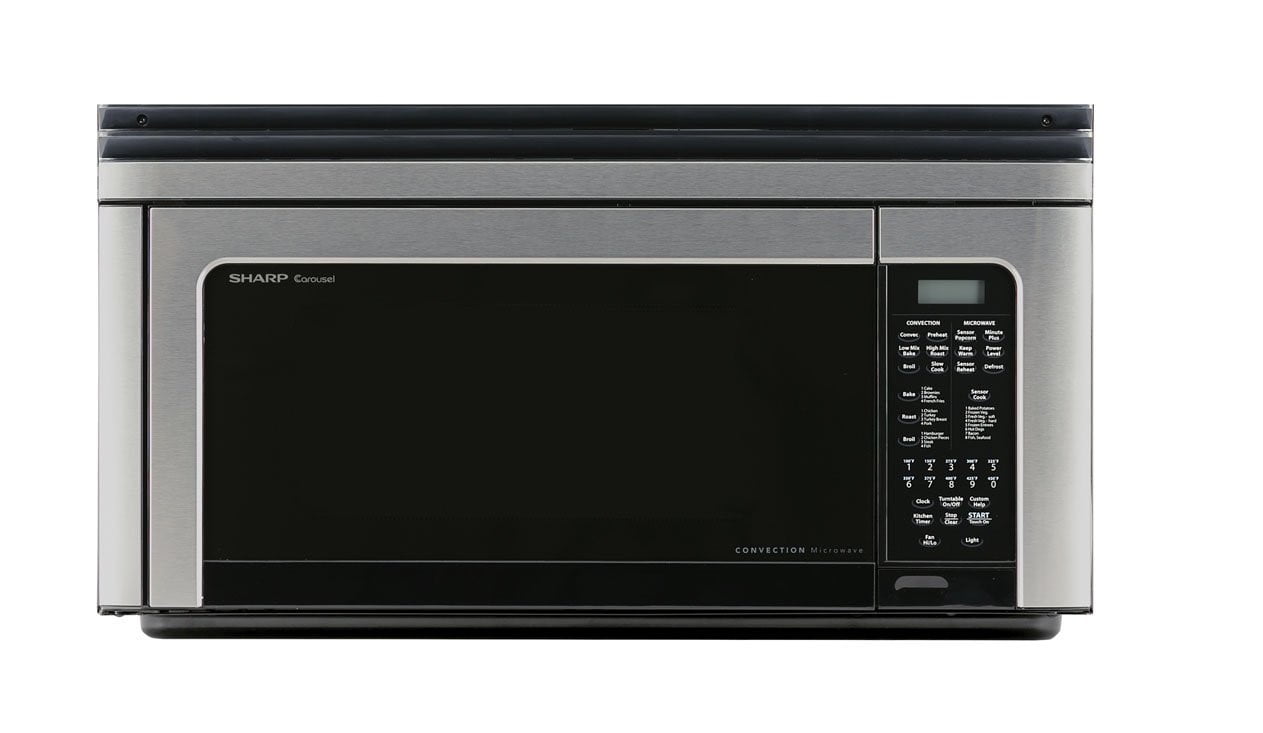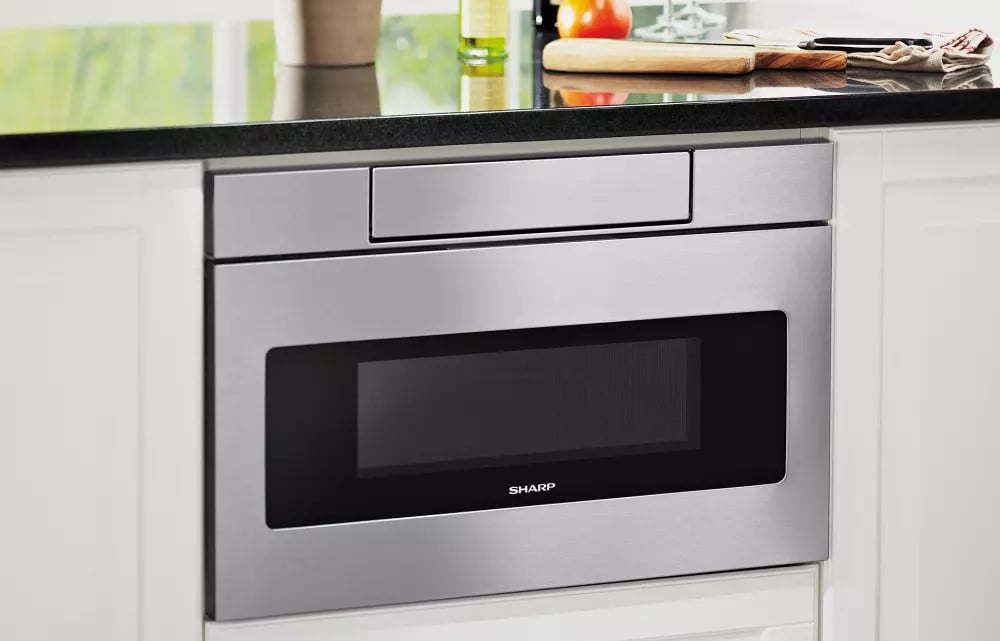Knowing how to replace a microwave diode is a good skill to have if you prefer doing your own microwave oven repair. Even the best microwaves are susceptible to burnt-out or failed diodes. Along with testing and replacing a capacitor, it’s among the most common microwave repairs.
KEY TAKEAWAYS:
- A failed or burned-out diode will often show signs of physical damage, making it unnecessary to troubleshoot using a multimeter.
- Always perform a proper capacitor discharge and unplug the microwave before disassembling or doing any troubleshooting or repairs or you risk dangerous electrical shock.
- Diodes aren’t all the same- make sure you’re using the correct model/number/size for your specific microwave oven.
While microwave repairs are often best left to professionals, replacing a diode is one of the simpler and low-risk DIY repairs for microwaves, as long as safety guidelines are followed carefully.
The Microwave Diode Explained
A microwave diode converts the transformer’s alternating current (AC) power output to direct current (DC), which doubles the voltage to almost 5,000 volts, providing the necessary power for the magnetron to function.
Insider Tip
The specific type of diode needed by your microwave is usually printed directly on the diode you’re replacing, so it’s usually the best way to make sure you’re buying the correct replacement.
If the diode fails (usually by burning out) the magnetron can’t get enough voltage to run and the microwave won’t heat and sometimes other issues can occur, such as the control panel’s buttons not responding.
It’s possible to replace the diode at home when this happens, as long as proper safety procedures are followed. You may also want to test the diode for continuity using a multimeter following other step guides.
How to Replace the Microwave’s High-Voltage Diode
Tool Needed: Phillips head screwdriver with a rubberized handle
Once you’ve unplugged the microwave’s power cord and discharged the high voltage capacitor properly, you’ll need to access the diode itself.
- Open the microwave door and unthread the screws to remove the venting.
- On range microwaves, unthread the shroud’s mounting screws and detach the unit from the wall. On standalone units, skip to step 3.
- Unthread the mounting screws keeping the control panel and lift the panel to detach it.
- Sometimes there will be an access panel that needs to be removed to access the diode. If so, remove it. You can now reach the diode to troubleshoot or remove carefully with your rubberized work gloves on.
Not all Diodes Are The Same
Keep in mind that not every microwave will use the same diode. If you’re unsure of the correct diode for your unit, you can consult an owner’s manual. It’s a safer bet to refer to the diode you’re replacing, though, which will have its item or product number and type printed visibly.
Warning
Never attempt any dissembling, repairs, troubleshooting, or replacements on a microwave without unplugging it and properly discharging the high voltage capacitor.
F.A.Q.S
How much does it cost to replace a microwave diode?
Microwave diodes are very inexpensive generally speaking, ranging from $5 to $25 typically depending on the kind your unit uses- though having one installed by an appliance repair technician can cost up to $100 for labor.
What causes a microwave diode to go bad?
Microwave diodes function by sending and receiving electrical signals to other internal components like capacitor terminals, which can cause them to short out like a fuse after a period of time- especially if the microwave is used frequently and for long cook times.
What does a diode do in a microwave?
The diode in a microwave converts the AC current from your home’s wall socket and circuit to a DC current, doubling its voltage to provide enough electricity to power the magnetron.
STAT: Microwave ovens are the fifth most prone to breakdown home appliances according to recent studies. (source)
STAT: Microwave diodes effectively double the voltage that reaches the magnetron. (source)
STAT: Microwave diodes don’t necessarily burn out within a certain range of hours of use, and many may never need replacing during the life of a microwave. (source)
REFERENCES:
- https://en.wikipedia.org/wiki/Diode
- https://link.springer.com/chapter/10.1007/978-1-4615-3970-4_9
- https://www.youtube.com/watch?v=RcuVglYoMiQ&ab_channel=RepairClinic.comr
- https://www.youtube.com/watch?v=GbDQr1evGG8&ab_channel=RepairClinic.com
- https://en.wikipedia.org/wiki/Microwave
- https://www.sciencedirect.com/science/article/pii/S0959652620353944

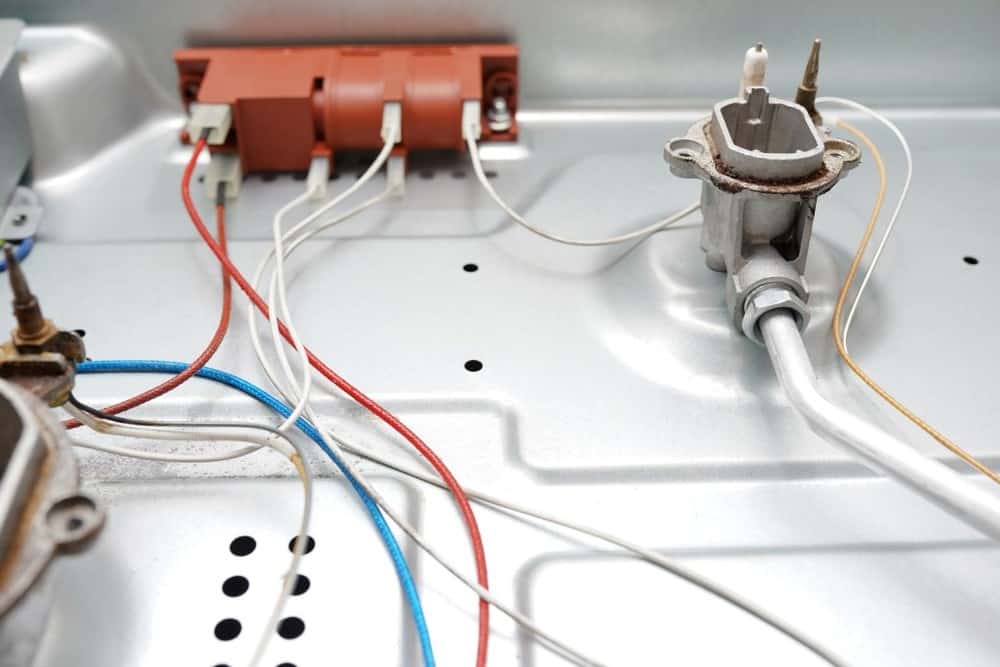













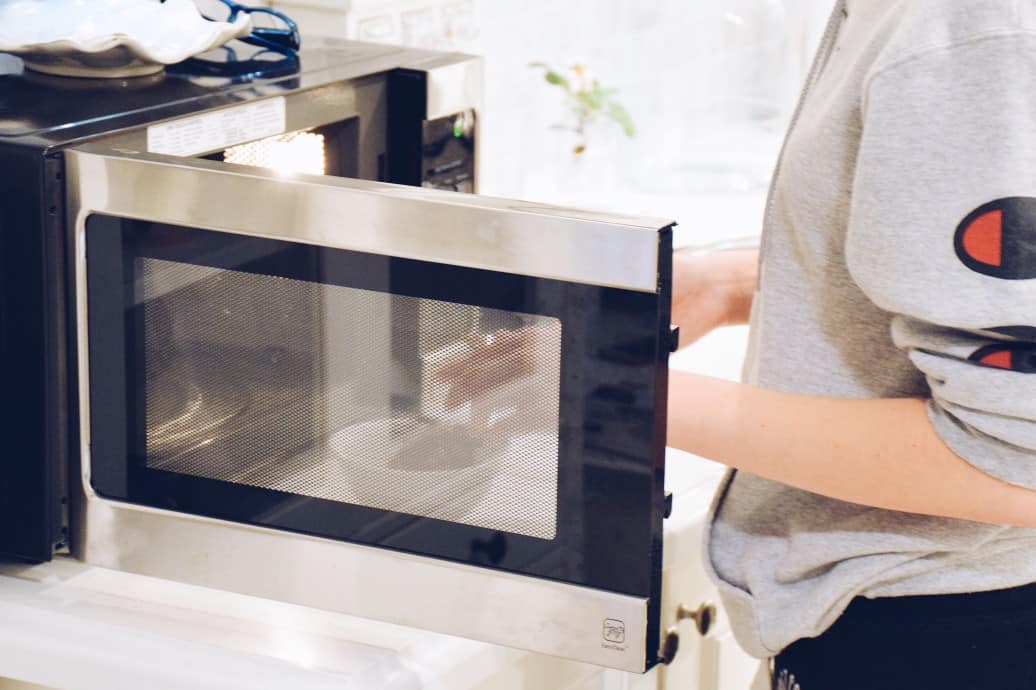
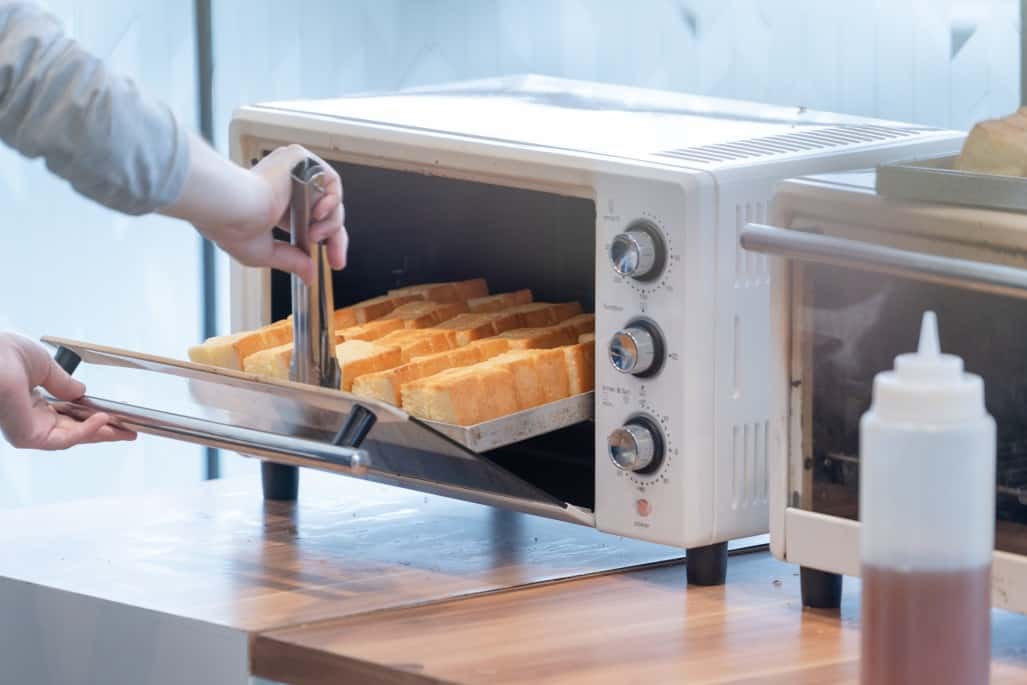
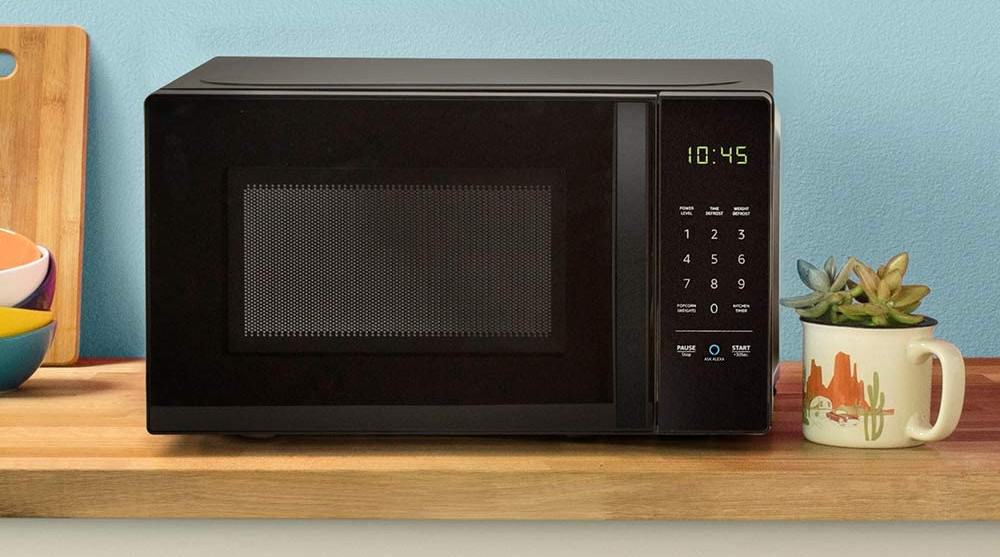

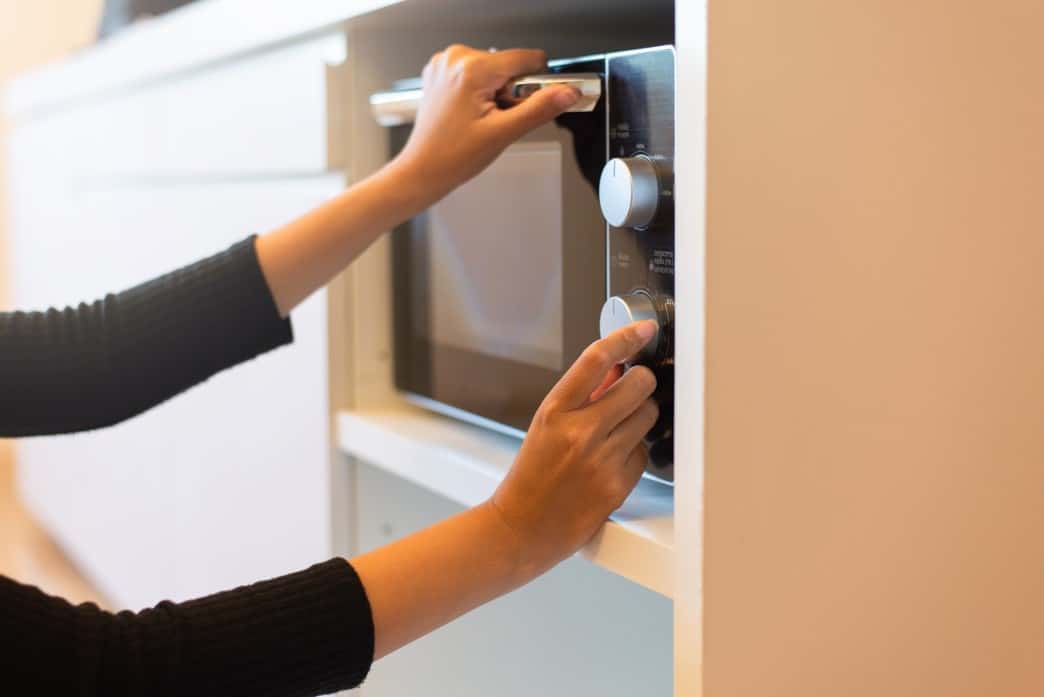
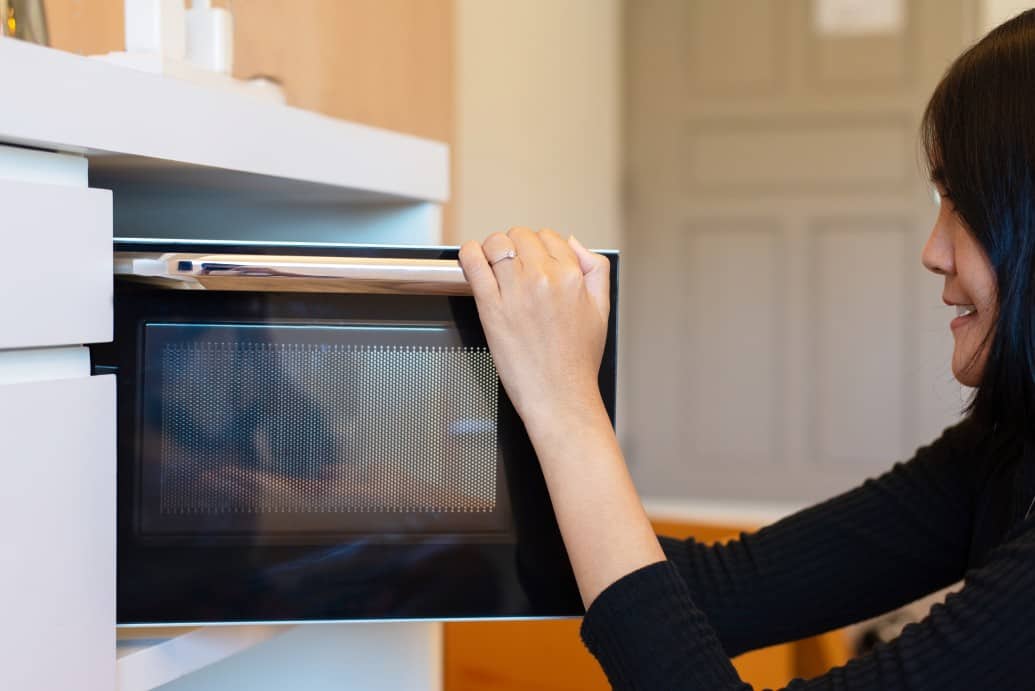
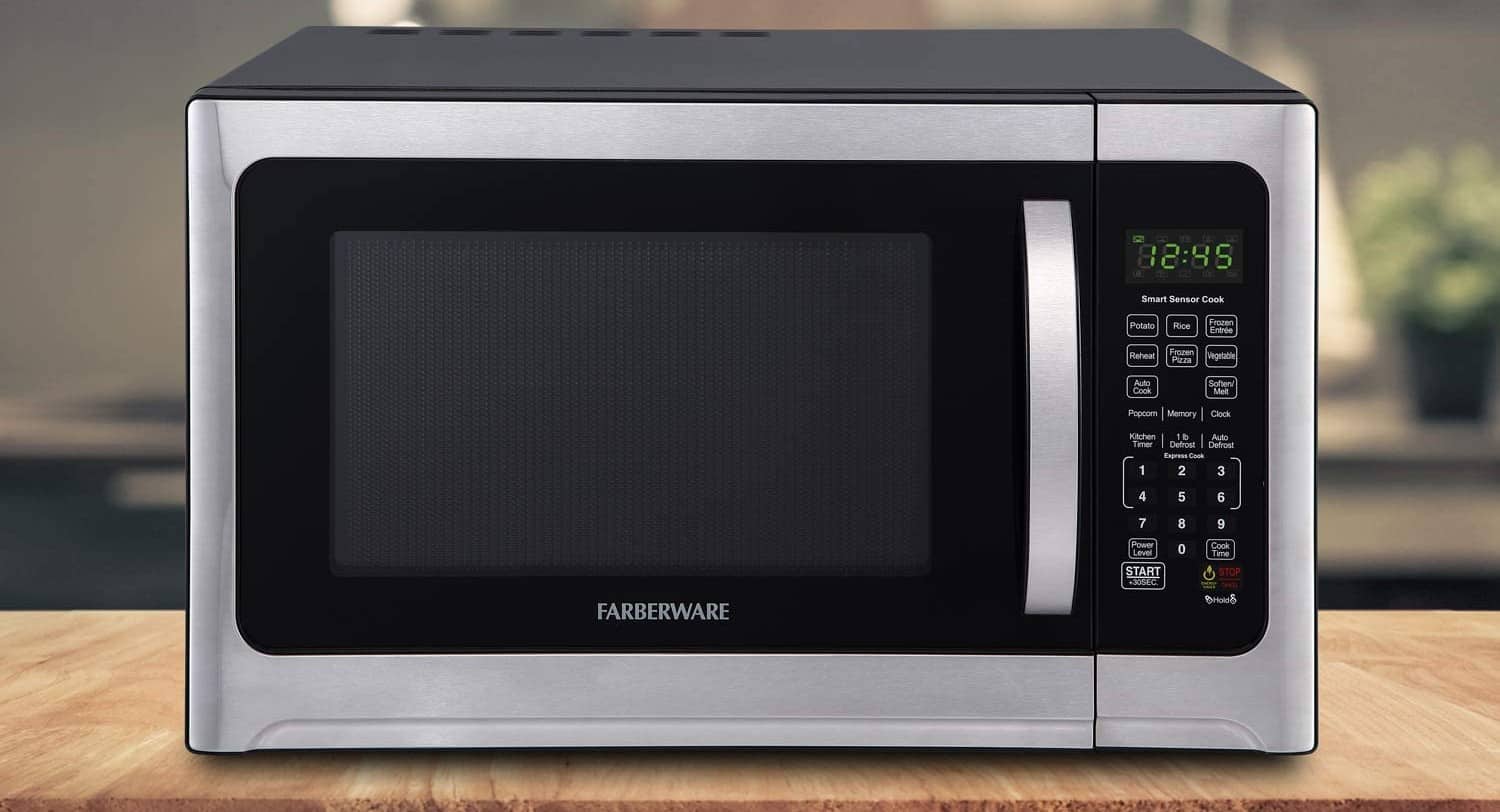
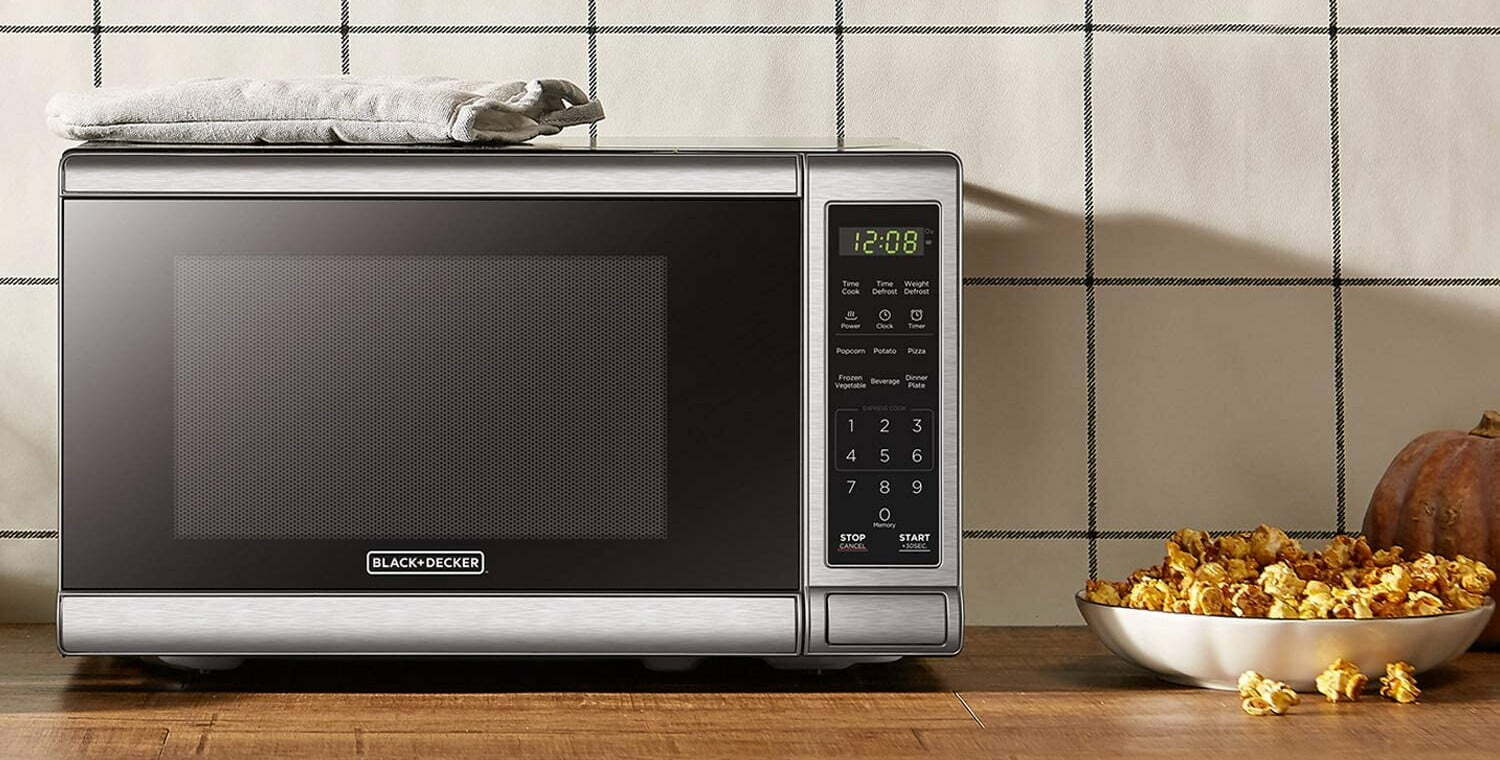
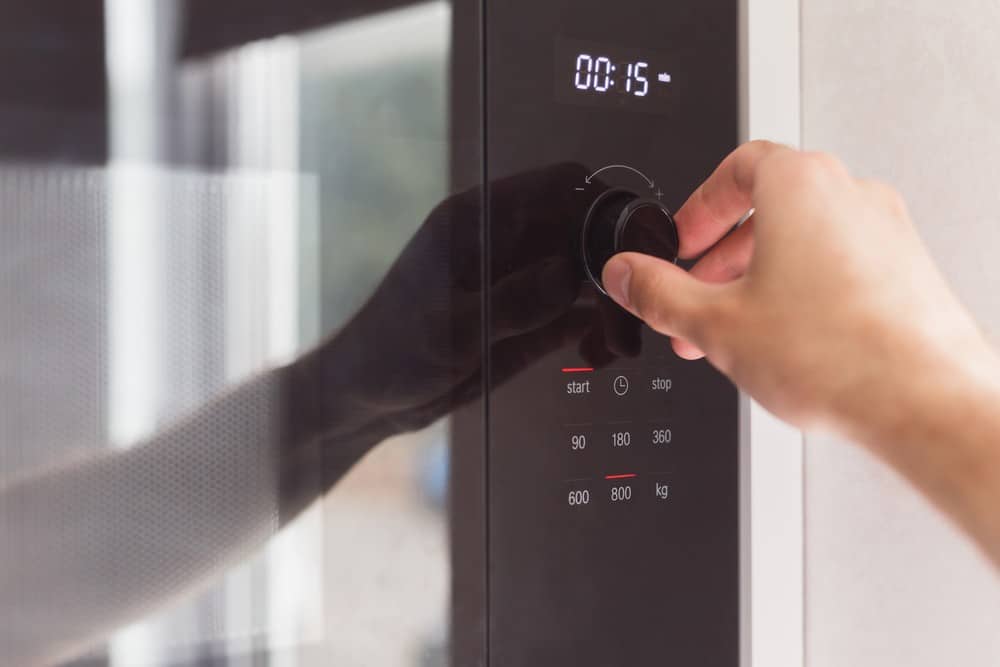
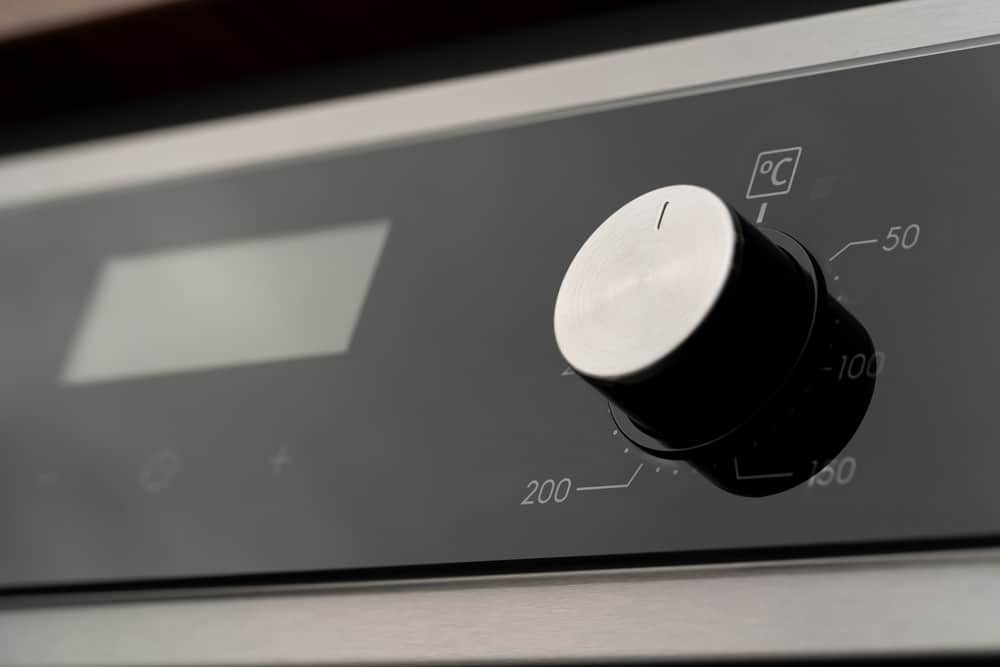
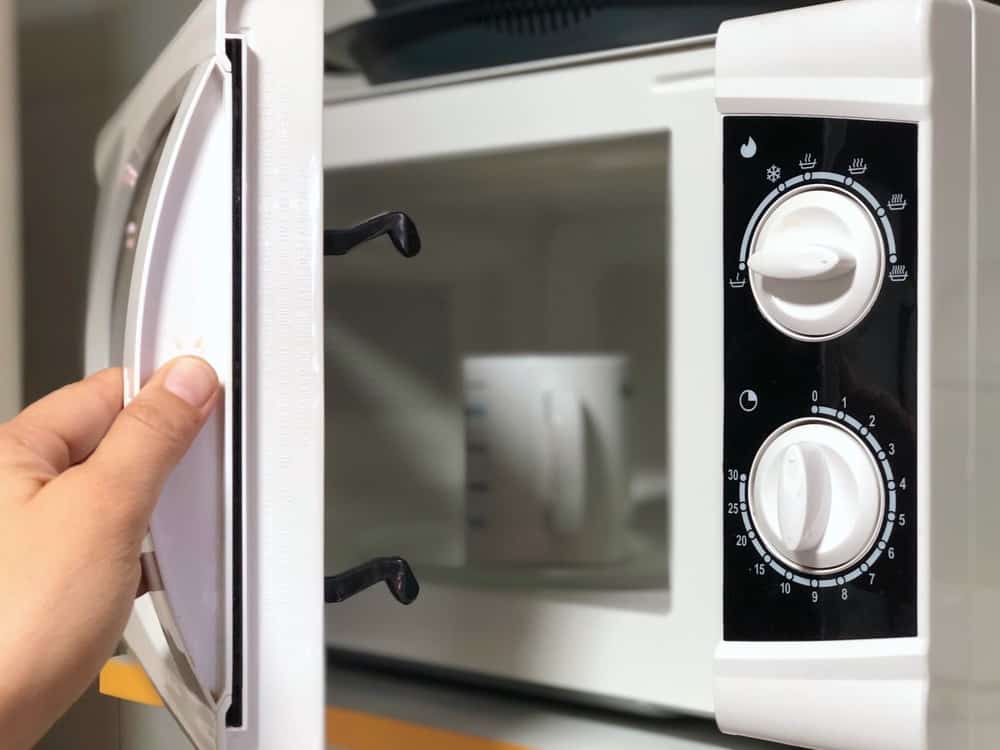

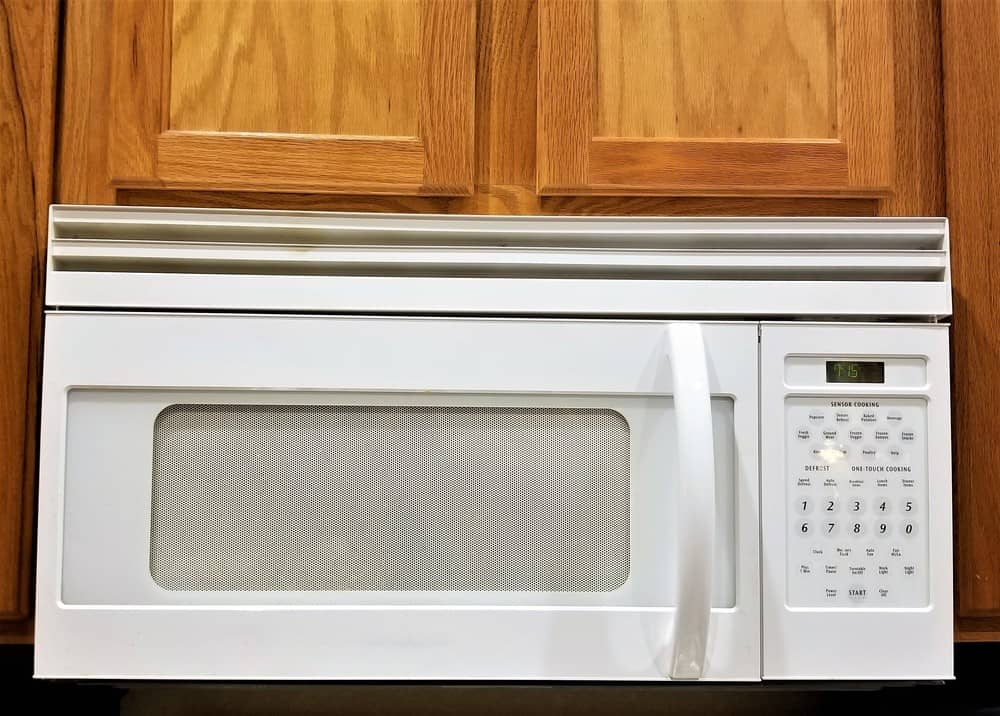
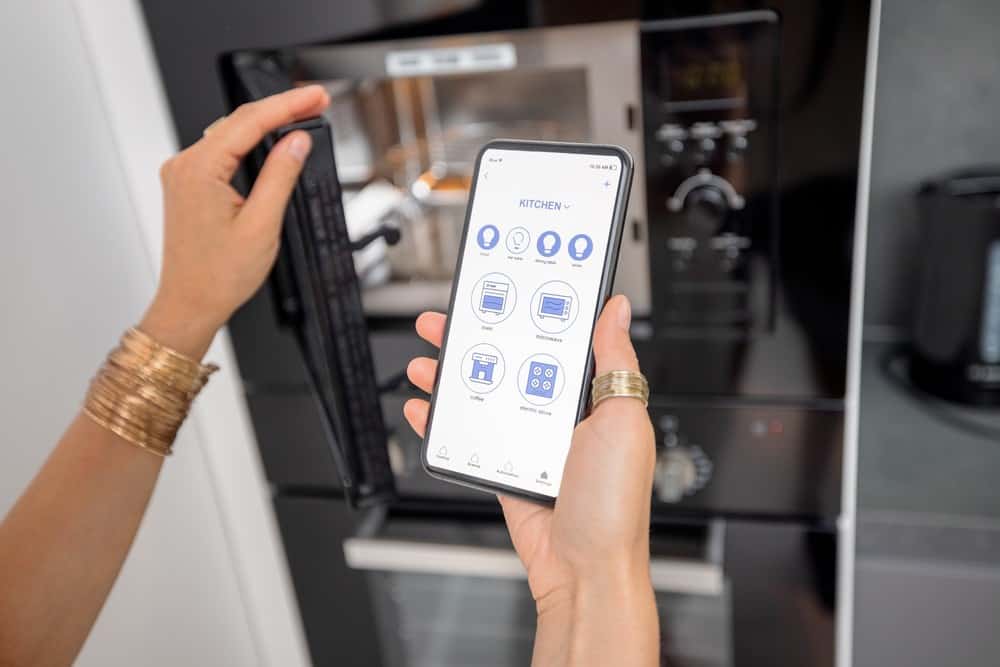

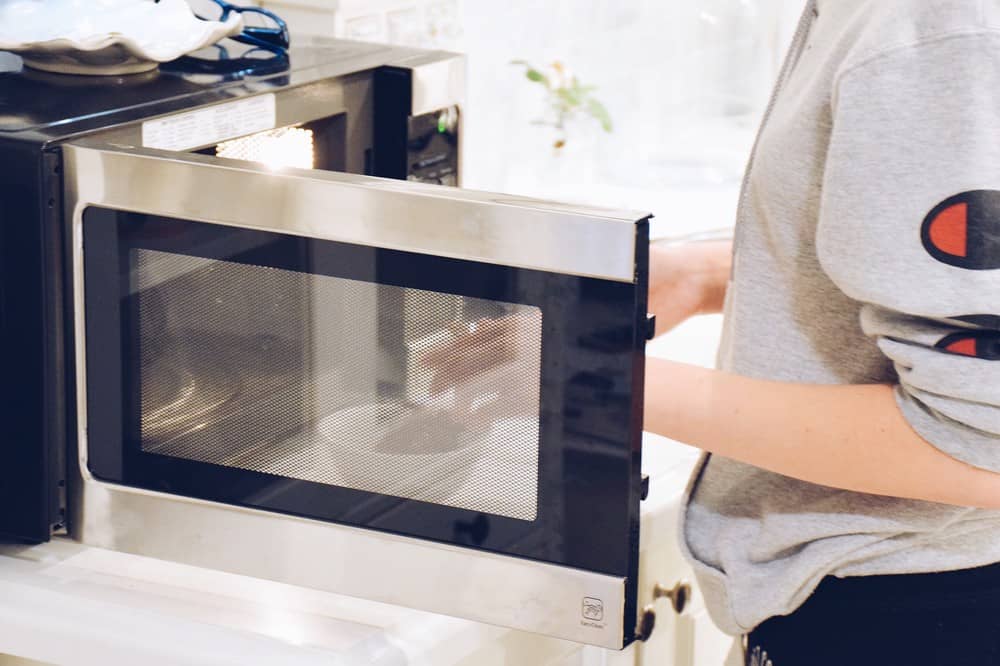

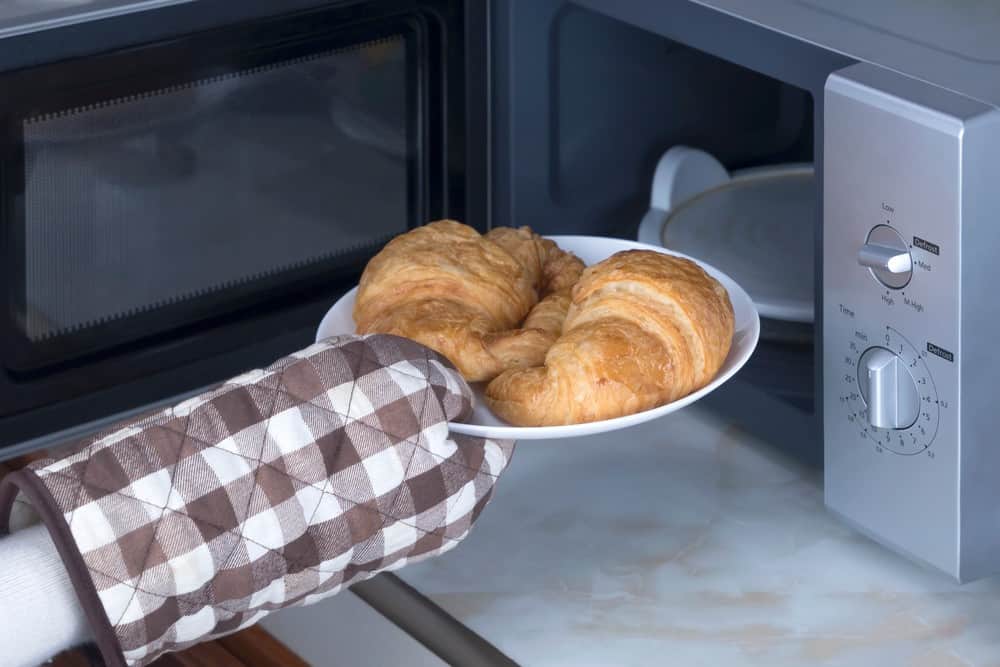
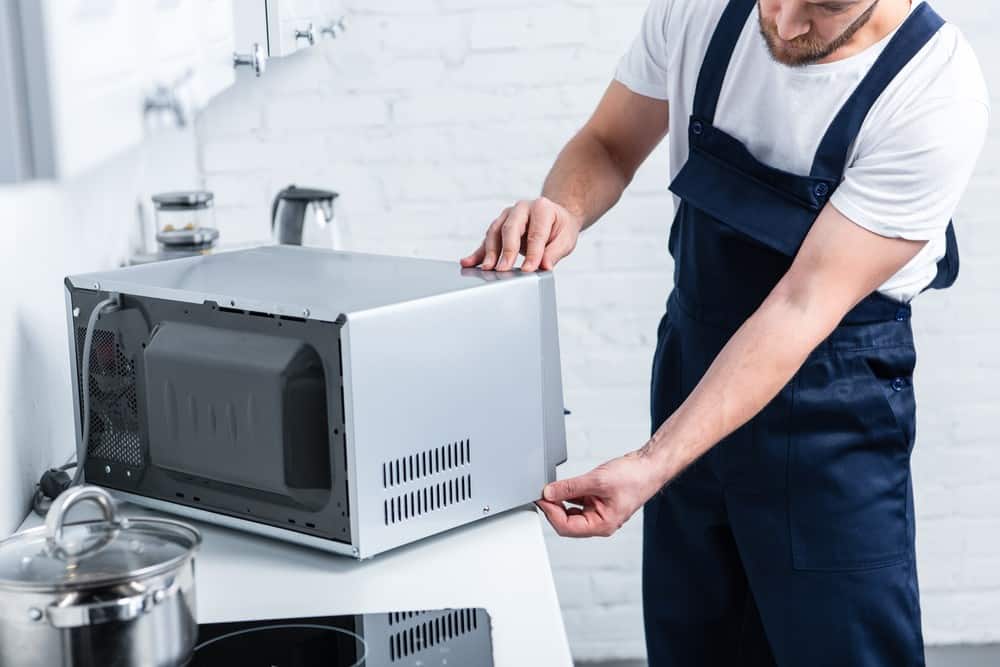
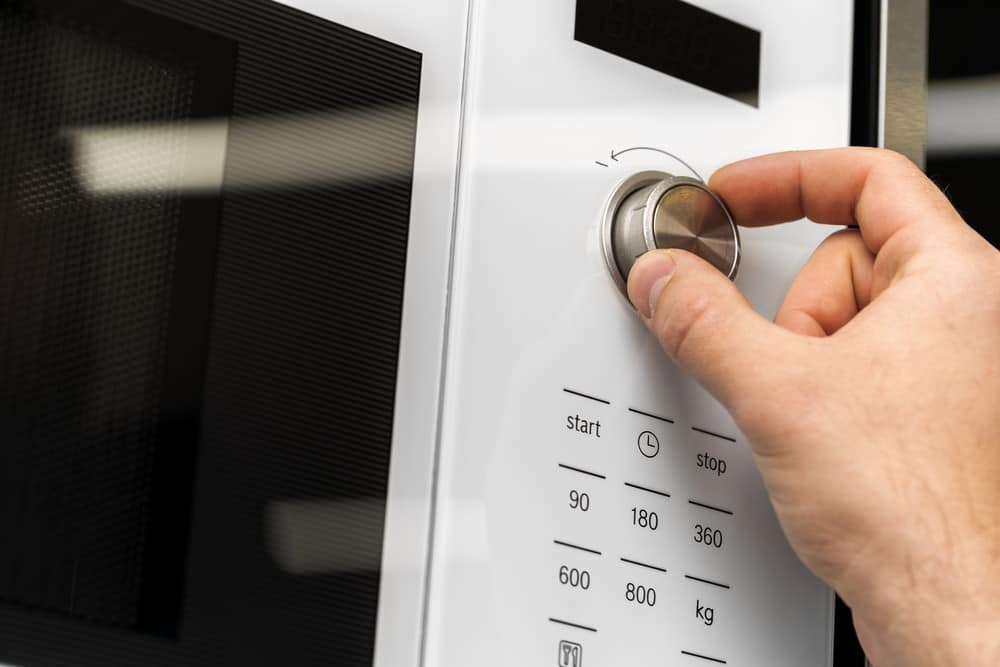
![Best Kitchen Appliances in [year] ([month] Reviews) 27 Best Kitchen Appliances in 2025 (November Reviews)](https://www.gadgetreview.dev/wp-content/uploads/best-kitchen-appliances.jpg)
![Best Whirlpool Microwaves in [year] 28 Best Whirlpool Microwaves in 2025](https://www.gadgetreview.dev/wp-content/uploads/best-whirlpool-microwaves-image.jpg)
![Best Microwave Drawers in [year] 29 Best Microwave Drawers in 2025](https://www.gadgetreview.dev/wp-content/uploads/best-microwave-drawer-image.jpg)
![Best Quiet Microwaves in [year] 30 Best Quiet Microwaves in 2025](https://www.gadgetreview.dev/wp-content/uploads/best-quiet-microwave-image.jpg)
![Best LG Microwaves in [year] 31 Best LG Microwaves in 2025](https://www.gadgetreview.dev/wp-content/uploads/best-lg-microwaves-image.jpg)
![Best Microwaves in [year] ([month] Reviews) 32 Best Microwaves in 2025 (November Reviews)](https://www.gadgetreview.dev/wp-content/uploads/best-microwaves-image.jpg)
![Best Over the Range Convection Microwaves in [year] 33 Best Over the Range Convection Microwaves in 2025](https://www.gadgetreview.dev/wp-content/uploads/best-over-the-range-convection-microwave-image.jpg)
![Best Retro Microwaves in [year] 34 Best Retro Microwaves in 2025](https://www.gadgetreview.dev/wp-content/uploads/best-retro-microwave-image.jpg)
![Best GE Microwaves in [year] 35 Best GE Microwaves in 2025](https://www.gadgetreview.dev/wp-content/uploads/best-ge-microwaves-image..jpg)
![10 Best Samsung Microwaves in [year] 36 10 Best Samsung Microwaves in 2025](https://www.gadgetreview.dev/wp-content/uploads/best-samsung-microwaves-image.jpg)
![10 Best Microwaves for Seniors in [year] 37 10 Best Microwaves for Seniors in 2025](https://www.gadgetreview.dev/wp-content/uploads/best-microwaves-seniors-image.jpg)
![10 Best Microwave Toaster Oven Combo in [year] 38 10 Best Microwave Toaster Oven Combo in 2025](https://www.gadgetreview.dev/wp-content/uploads/best-microwave-toaster-oven-combo-scaled-1.jpg)
![10 Best Panasonic Microwaves in [year] 39 10 Best Panasonic Microwaves in 2025](https://www.gadgetreview.dev/wp-content/uploads/best-panasonic-microwaves.jpg)
![10 Best Microwaves for College Dorms in [year] 40 10 Best Microwaves for College Dorms in 2025](https://www.gadgetreview.dev/wp-content/uploads/best-microwaves-for-college-dorms.jpg)
![10 Best Compact Microwaves in [year] 41 10 Best Compact Microwaves in 2025](https://www.gadgetreview.dev/wp-content/uploads/best-compact-microwave-image.jpg)
![10 Best Convection Microwave Ovens in [year] 42 10 Best Convection Microwave Ovens in 2025](https://www.gadgetreview.dev/wp-content/uploads/best-convection-microwave-oven-image.jpg)
![10 Best Built In Microwaves in [year] 43 10 Best Built In Microwaves in 2025](https://www.gadgetreview.dev/wp-content/uploads/best-built-in-microwave-image.jpg)
